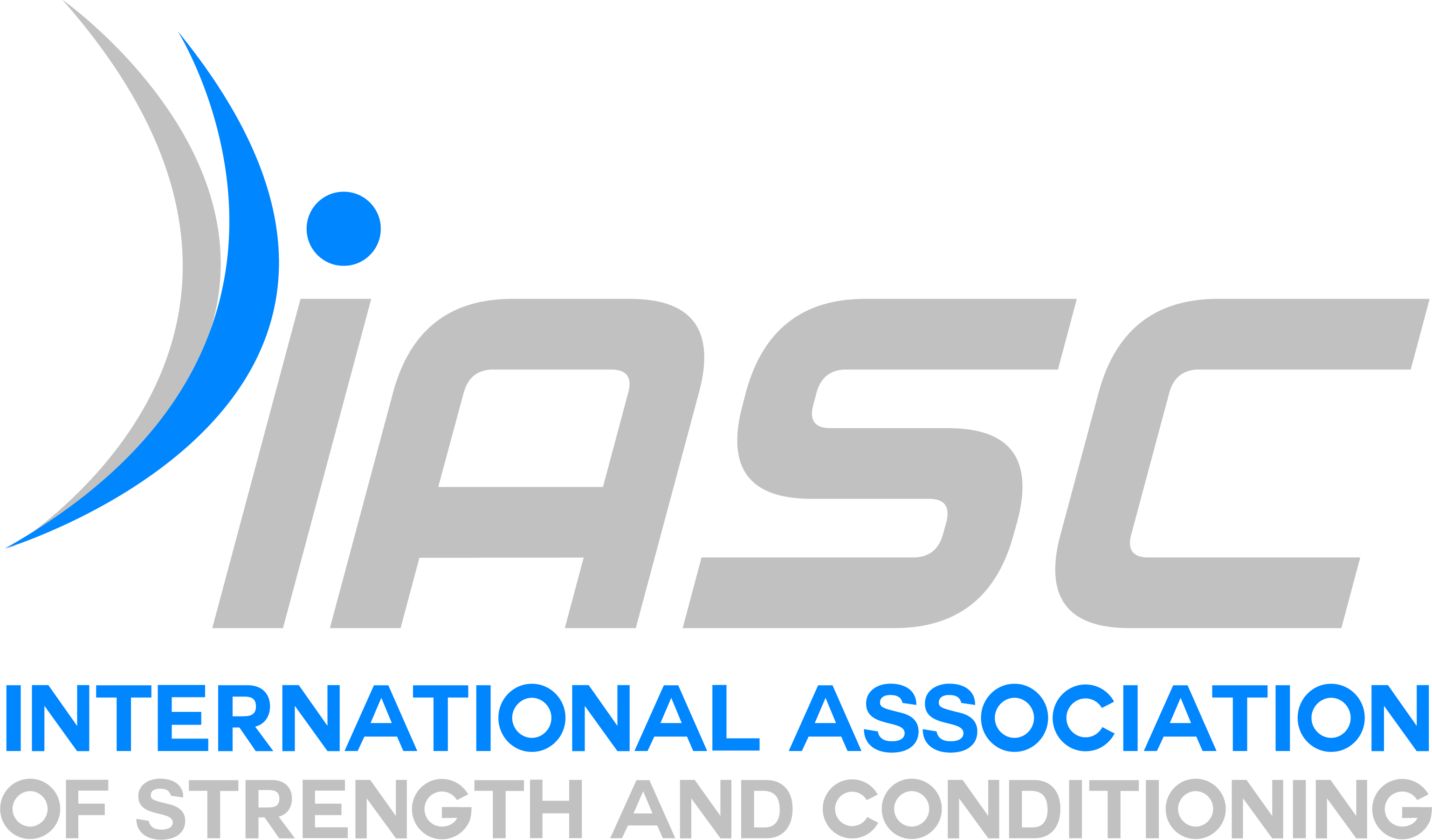Introduction
Understanding and applying the guidelines and fundamentals of strength training is essential for developing an effective fitness routine. Strength training is a dynamic and transformative approach to fitness, offering a multitude of benefits beyond just muscle growth. Whether you’re a seasoned athlete or a complete novice, understanding the guidelines and fundamentals of strength training is paramount to unlocking its full potential.
1. Understanding Strength Training
1.1 Definition and Purpose: Strength training, also known as resistance training, involves the use of resistance to induce muscular contraction, ultimately leading to an increase in strength, muscle mass, and overall fitness. The primary purpose varies from individual to individual, encompassing goals such as improved athletic performance, enhanced functional strength, and increased metabolism.
1.2 The Science Behind Strength Gains: Explore the physiological principles that underpin strength gains, including muscle hypertrophy, neuromuscular adaptations, and the role of progressive overload. Understanding these principles forms the basis for effective and informed strength training.
2. Key Guidelines for Effective Strength Training
2.1 Consult with a Professional: Before diving into strength training, it’s advisable to consult with a fitness professional or healthcare provider. They can assess your current fitness level, address any health concerns, and provide personalized recommendations.
2.2 Goal Setting: Begin with the importance of setting clear and realistic goals. Whether it’s increasing overall strength, building muscle mass, or improving endurance, having well-defined objectives will shape your training program.
2.3 Individualization: Highlight the significance of tailoring strength training programs to individual needs, considering factors such as age, fitness level, and any existing health conditions. Individualization ensures safety and optimizes results.
2.4 Warm-Up and Cool Down: Emphasize the necessity of a thorough warm-up to prepare the body for the demands of strength training. Additionally, delve into the importance of a cool-down routine to aid in muscle recovery and flexibility.
2.5 Start Gradually: Resist the temptation to lift heavy weights right from the beginning. Start with lighter weights and focus on mastering proper form. This not only reduces the risk of injury but also sets the stage for long-term success.

3. Designing Your Strength Training Program
3.1 Periodization: Introduce the concept of periodization, breaking down training cycles into distinct phases to optimize performance and prevent plateaus. Explore the benefits of macro and microcycles in a well-designed program.
- Macrocycle: Long-term plan (months or years).
- Mesocycle: Intermediate plan (weeks or months).
- Microcycle: Short-term plan (days or weeks).
3.2 Exercise Selection: Discuss the importance of incorporating a variety of exercises that target different muscle groups. From compound movements to isolation exercises, provide insights into the role of each in a balanced program.
3.3 Repetitions (Reps): The Building Blocks of Strength
3.3.1 Defining Repetitions: Repetitions refer to the number of times a specific exercise is performed consecutively before taking a break. The choice of rep range plays a pivotal role in determining the training outcome—be it strength, hypertrophy, or endurance.
3.3.2 Rep Range Guidelines: Explore different rep ranges and their corresponding effects:
- Low Reps (1-5): Primarily for strength gains.
- Moderate Reps (6-12): Ideal for hypertrophy (muscle growth).
- High Reps (12+): Focused on muscular endurance.
3.4 Sets: Structuring the Blueprint for Progress
3.4.1 Definition of Sets: Sets are a grouping of consecutive reps with a predefined goal. The number of sets performed influences the overall volume and intensity of a workout.
3.4.2 Set Volume and Goals: Discuss how set volume can be manipulated based on fitness goals:
- Strength Focus: Lower rep ranges (3-6 sets of 1-5 reps).
- Hypertrophy Focus: Moderate rep ranges (3-5 sets of 6-12 reps).
- Endurance Focus: Higher rep ranges (2-4 sets of 12+ reps).
3.5 Rest Intervals: Timing Matters
3.5.1 Understanding Rest Intervals: Rest intervals refer to the duration of rest between sets. The length of these intervals impacts the body’s ability to recover and perform optimally in subsequent sets.
3.5.2 Rest Interval Guidelines: Explore the following rest interval recommendations based on training goals:
- Strength Training: Longer rest periods (2-5 minutes) for full recovery.
- Hypertrophy Training: Moderate rest periods (60-90 seconds) for metabolic stress.
- Endurance Training: Short rest periods (30 seconds to 1 minute) for sustained effort.
3.6 Training Movements, Not Just Muscles
In the world of weight training, the paradigm is shifting from a focus on isolating individual muscles to a more holistic approach—training movements. This shift is grounded in the understanding that our bodies move in integrated patterns, and optimizing these movements yields not only aesthetic benefits but also functional gains.

4. Perfecting Form and Technique
4.1 Importance of Proper Form and Technique: Highlight the significance of maintaining proper form in every exercise. Incorrect form not only diminishes the effectiveness of the workout but also increases the risk of injuries.
4.2 Common Mistakes and How to Avoid Them: Discuss common mistakes made during strength training, such as improper breathing, overtraining, and neglecting mobility work. Offer practical tips on how to avoid these pitfalls.
5. Nutrition and Recovery
5.1 Role of Nutrition: Explore the role of nutrition in supporting strength training goals. Address the importance of macronutrients, micronutrients, and proper hydration in fueling workouts and aiding recovery.
5.2 Recovery Strategies: Discuss various recovery strategies, including the significance of sleep, active recovery sessions, and techniques like massage or foam rolling. Proper recovery is integral to preventing burnout and ensuring consistent progress. Allow your muscles time to recover between sessions. Incorporate rest days into your routine, prioritize sleep, and consider techniques like stretching or foam rolling to enhance recovery.
5.3 Hydration:: Stay hydrated, especially during and after workouts. Water is essential for overall health and aids in muscle recovery.
6. Monitoring Progress and Adjusting
6.1 Tracking Tools: Introduce tools and methods for tracking progress, such as workout logs, fitness apps, and performance metrics. Monitoring progress allows for timely adjustments and ensures continued growth.
6.2 The Concept of Progressive Overload: Explain the principle of training such as the principle of progressive overload, where the intensity of workouts is gradually increased over time. Explore different ways to implement progressive overload, whether through increasing resistance, altering rep schemes, or adjusting rest intervals.
Conclusion
In conclusion, strength training is a holistic journey that extends beyond lifting weights. By adhering to these guidelines and fundamentals of strength training principles, individuals can embark on a strength training regimen that is not only effective but also sustainable. Whether the goal is to sculpt a physique, enhance athletic performance, or simply improve overall well-being, the foundations of strength training provide the roadmap to success. It’s not just about lifting weights; it’s about cultivating strength that resonates through every aspect of life.







